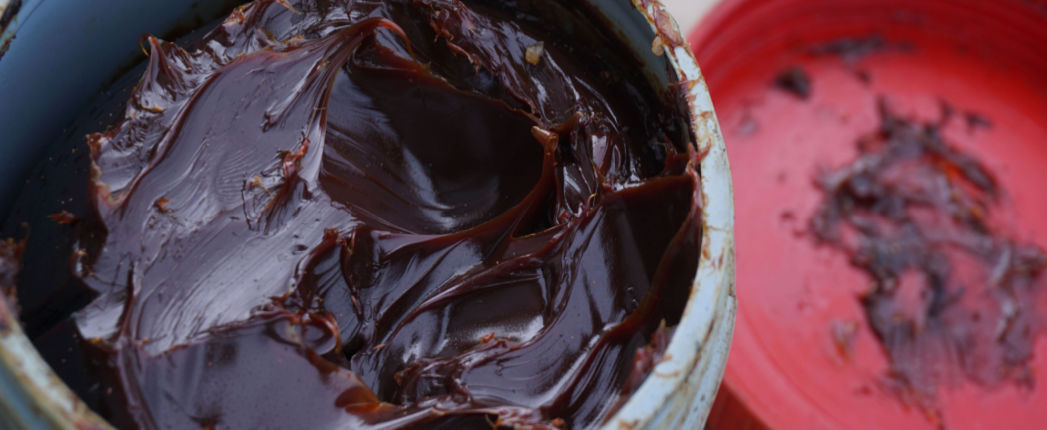
Use of lithium soap grease thickeners dropped significantly in China and South Asia in 2022, according to the latest version of the National Lubricating Grease Institute’s Grease Production Survey Report, which was released this week.
The data likely reflects grease manufacturers opting for other types of thickeners in response to lithium cost increases caused by the rise in electric vehicle sales.
The shifts in China and the Indian sub-continent stand in contrast to most of the rest of the globe. Use of lithium thickeners fell slightly in Southeast Asia and the Pacific and increased a small amount, according to the survey. Use of those thickeners did drop significantly in South and Central America and the Caribbean but was little changed in Europe, North America or the Middle East and Africa.
Grease manufacturers use two categories of lithium soaps to thicken grease – conventional lithium thickeners, which result in greases with drop points below 210 degrees C, and complex lithium soaps, which yield drop points above 210 C. Combined they have long been the thickeners of choice all around the globe. A decade ago they were used in more than two-thirds of greases globally.
Use of lithium thickeners has dropped slowly in recent years as EVs drove up lithium costs, but the NLGI survey – generally considered to be the most comprehensive sales survey of the global grease industry – has never shown as large of a decrease as it does for 2022.
In China, which has by far the largest volume of reported sales at 439 million kilograms in 2022, the portion made with lithium thickeners dropped from 65% in 2021 to just 52% last year. Most of the reduction involved conventional lithium soap thickeners, which were used in 47% of sales in 2021 but dropped to 37% in 2022. The portion made with complex lithium soaps fell from 19% to 15%.
Calcium type thickeners were the most popular replacement, being used in 35% of products in 2022 after being used in just 23% in 2021. Calcium thickeners divide into four subcategories – hydrated, anhydrous, calcium sulfonate and complex calcium varieties. Anhydrous has been the most popular of the four and seems to have been the most common replacement for lithium last year as the overall portion of China volume made with it rose from 18% to 24%. Use of hydrated calcium swelled from 2% to 6%.
Survey respondents in China also turned more to polyurea thickeners, using them in 7% of products in 2022, up from 5% the year before.
In India and other parts of the subcontinent, the portion of greases made with lithium thickeners dropped from 84% to 72% last year, the survey showed. Again the shift was mostly away from conventional lithium soaps, which saw their use drop from 73% to 60%. Use of complex varieties actually increased, from 11% to 12%, the survey indicated.
Grease producers in the region increased their use of calcium thickeners – from 5% to 8% – a but the larger increase was in NLGI’s “other metallic soaps” thickeners, which means not aluminum, calcium, lithium or sodium. Use of that category jumped from 5% to 13%.
Respondents in Japan reported that their use of lithium increased from 59% to 62%. The shift apparently was mostly away from polyurea. Japan’s industry has long been by far the biggest user of polyurea thickeners, but the portion of products made with them fell from 29% to 27% last year. Use in Southeast Asia and the Pacific fell from 72% to 70%.
Charles Coe, of Grease Technology Solutions LLC, which conducts the survey on behalf of United States-based NLGI, emphasized that the number of respondents decreased for 2022, as has been the trend in recent years, reducing the validity in some regions of year-to-year comparisons, especially in production volumes.
For example, he suggested it is clear that the industry continued in 2022 to rebound from the depths of the COVID-19 pandemic but noted that the total volume of sales reported by respondents fell 4% to 1.2 billion kg. The volume reported produced in the Indian subcontinent fell from 100 million kg to 70 million kg last year, but Coe concluded that it was mostly due to a drop in the number of respondents.
But respondents to represent enough of the market to validate that use of lithium thickeners fell significantly in the subcontinent and China, even if changes in the makeup of respondents had some effect on the exact amounts. Respondents in China reported production numbers for 80 plants in 2022, up from 79 in 2021. In the Indian subcontinent respondents covered 14 plants in both years.